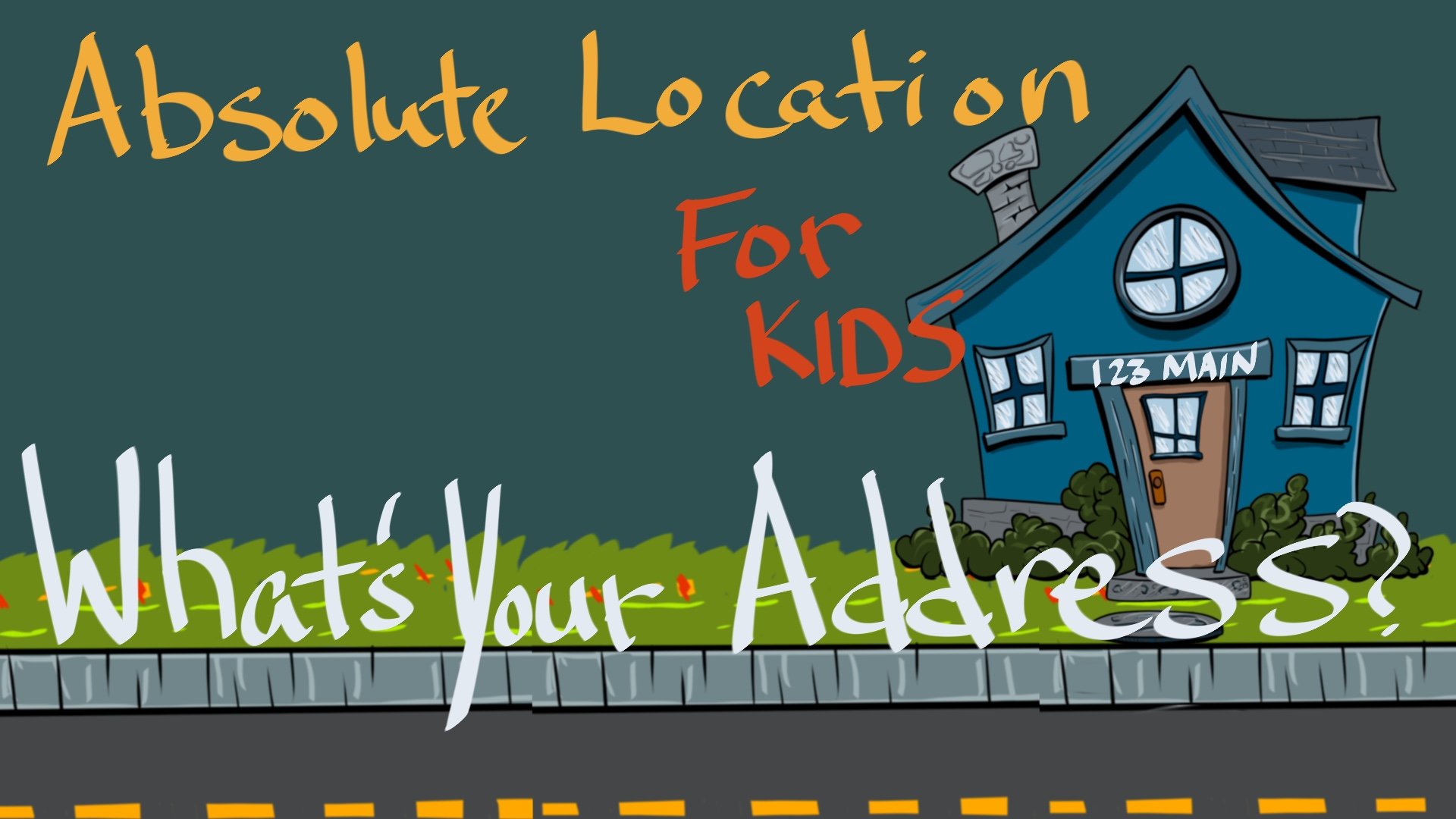Axis
The Earth's axis is like an invisible line that goes through the North and South Poles, and the Earth spin around it, making day and night.
Lesson Plan: Exploring Earth's Axis
Objective:
To introduce students to the concept of Earth's axis and its importance in understanding the changing seasons.
To help students grasp the idea that Earth is tilted on its axis.
To engage students in a hands-on activity to reinforce their understanding of Earth's axis.
Materials:
Globe or model of Earth
Pictures or diagrams illustrating Earth's axis
Whiteboard and markers
Blank sheets of paper
Colored pencils, crayons, or markers
String or a stick (optional for activity)
Introduction (10 minutes):
Begin by asking the students if they've ever wondered why the seasons change and why some places are hotter or colder than others at different times of the year.
Explain that today, they will learn about Earth's axis, a crucial concept that helps us understand these phenomena.
Discussion (10 minutes):
Show a globe or a model of Earth to the students.
Point out the imaginary line running from the North Pole to the South Pole, which represents Earth's axis.
Explain that Earth's axis is like an imaginary line that goes through the center of the Earth and helps it spin.
Discuss the concept of Earth being tilted on its axis:
Mention that Earth's axis is not straight up and down but tilted slightly.
Emphasize that this tilt is responsible for the changing seasons on Earth.
Use pictures or diagrams to help illustrate the idea of Earth's axis and tilt.
Activity (15 minutes):
Provide each student with a blank sheet of paper and art supplies (colored pencils, crayons, markers).
Ask them to draw a picture of the Earth, showing the imaginary line representing Earth's axis and its tilt.
Encourage them to add labels and arrows to indicate the direction of the tilt.
Optionally, demonstrate the concept of Earth's axis and tilt using a string or stick to represent the axis and tilting it as you explain the concept.
Conclusion (5 minutes):
Summarize the key points about Earth's axis:
Earth's axis is an imaginary line that goes through the center of the Earth.
Earth is tilted on its axis, which causes the changing seasons.
Ask students if they have any questions or if they'd like to share what they've learned.
Wrap-up (5 minutes):
Have a brief class discussion to recap what the students have learned about Earth's axis and its role in the changing seasons.
Encourage students to observe the sky and seasons in the coming days and think about how Earth's axis affects them.
Homework (Optional):
If desired, assign a short homework task such as asking students to write a few sentences about how the changing seasons in their region are related to Earth's axis and tilt.
Assessment:
Assess students' understanding through class discussion, their participation in the activity, and their ability to summarize key points about Earth's axis during the conclusion.






